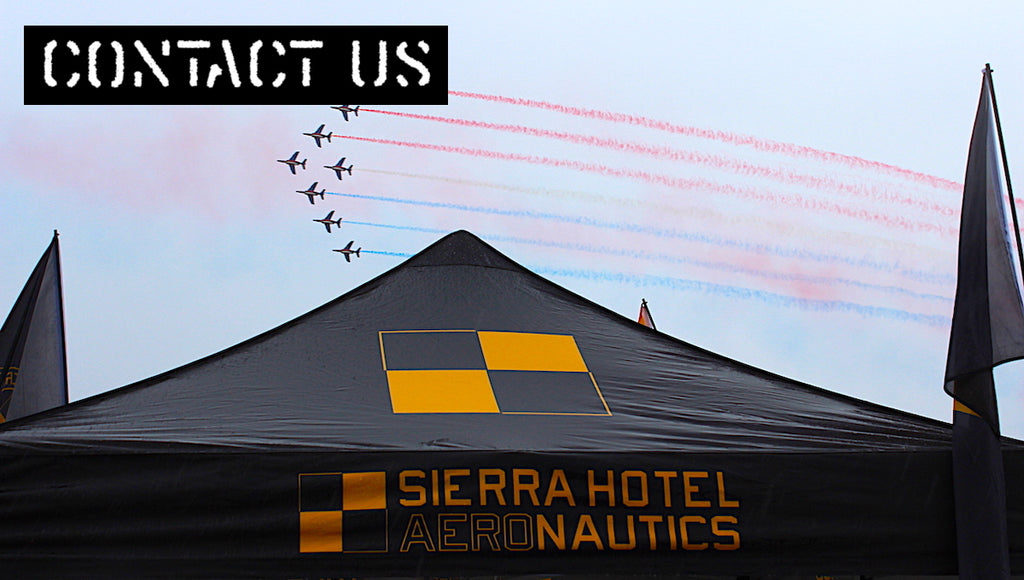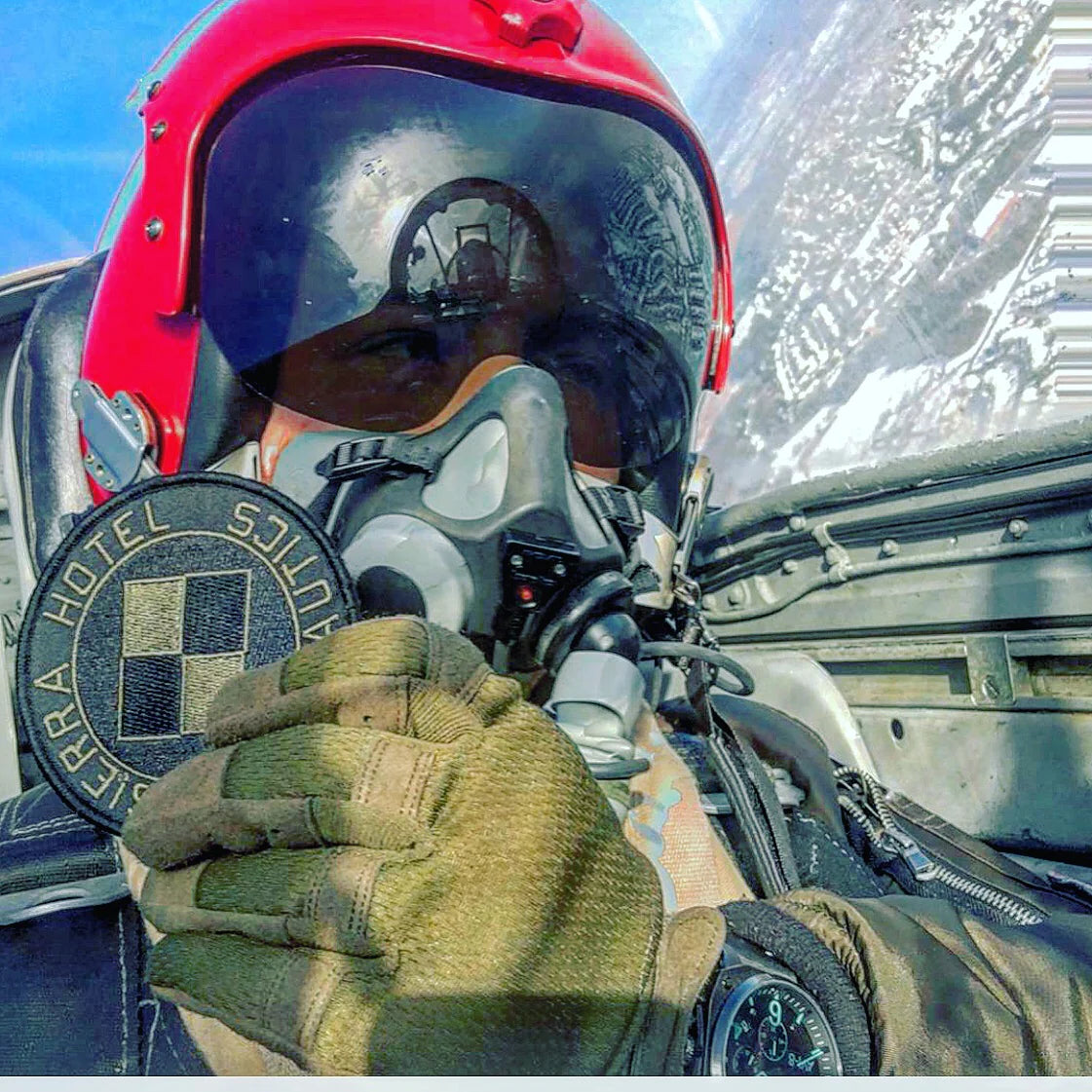Spitfires Vs. Buzz Bombs

June 13th, 1944: At approximately 0430, the first V-1 flying bomb struck London. The “buzz bomb” detonated on a railway bridge crossing over Grove Street, between Devonshire Street and Osborne Road in Bethnal Green. Six persons were killed by the explosion of the previously unknown "Buzz Bomb", with twenty-six others injured. Twelve homes were demolished and at least fifty others were badly damaged.
Pictured here....an RAF Spitfire pilot as he attempts to intercept an inbound Buzz Bomb. The pilot carefully maneuvers his wing underneath the flying bomb to tumble its gyros, sending the V-1 into uncontrolled flight.
The average speed of V-1s at cruise was 350 mph at an average altitude of 3,000 ft to 4,000 ft.

Fighter aircraft required excellent low-altitude performance to even have a chance at intercepting them, and enough firepower to ensure they were destroyed in the air rather than crashing to earth and detonating. Most aircraft were too slow to catch a V-1, unless they had a height advantage. RAF pilots quickly discovered that starting their run on the flying bomb from a higher altitude allowed them to gain speed by diving on their target as they commenced their attack.
When V-1 strikes began in mid-June 1944, the only aircraft with the low-altitude speed to be effective against the onslaught of flying bombs was the Hawker Tempest. Fewer than 30 Tempests were available. These were assigned to No. 150 Wing RAF. Early attempts to intercept and destroy V-1s often failed, but improved techniques soon emerged. These included carefully using the airflow over an interceptor's wing to raise one wing of the V-1, by gingerly sliding the wingtip to within 6 in of the lower surface of the V-1's wing. If properly executed, this manoeuvre would tip the V-1's wing up, overriding the Buzz bomb's gyros and sending the V-1 into an out-of-control spin toward the ground.

The anti-V-1 sorties by fighters came to be known as "Diver patrols" (after "Diver", the codename used by the Royal Observer Corps for V-1 sightings). Attacking a V-1 was dangerous: machine guns had little effect on the V-1's sheet steel structure, and if a cannon shell detonated the warhead, the explosion would destroy the attacker, thus the pilot was only left with the option of this completely insane, but effective maneuver of using their own wings to send the flying bomb to its own end.












Leave a comment